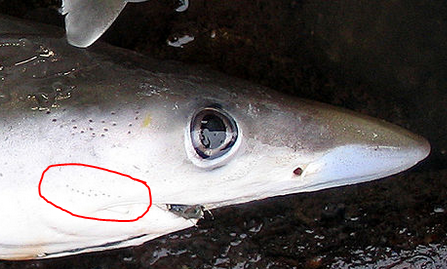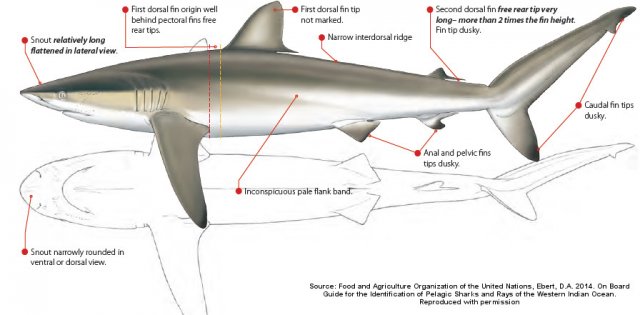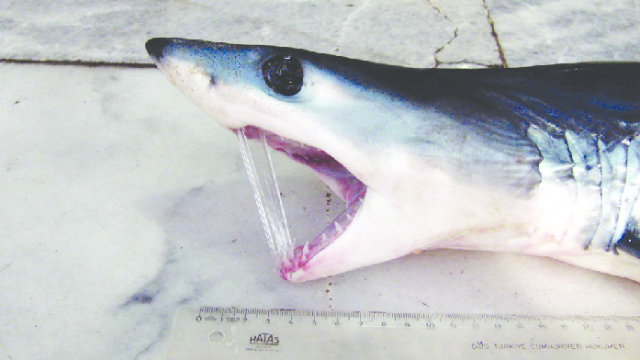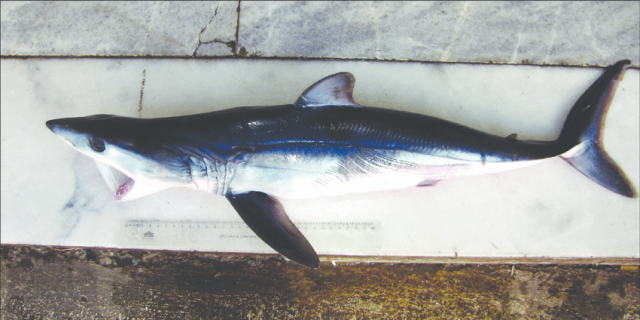What do you think it is?I disagree. With numerous shark species around Malaysia, it is very likely that the subject shark was caught locally.

List of Sharks in Malaysia with Pictures
Know if there are sharks in Malaysia. Get details about their size and aggressivenesswww.sharksider.com
I was mostly hinting at its obvious intended purpose there. The dorsal and pectoral fins are the main ingredients in sharkfin soup which this half-fish is obviously prepared for...seems to me like a fish prized for its fins might find its way to where demand is high.
Like you said, mostly. But regardless of the fact ive never been to malaysia i can 100% guarantee not everything in every fish market is local.
Bluefin tuna at singapore fish auction:
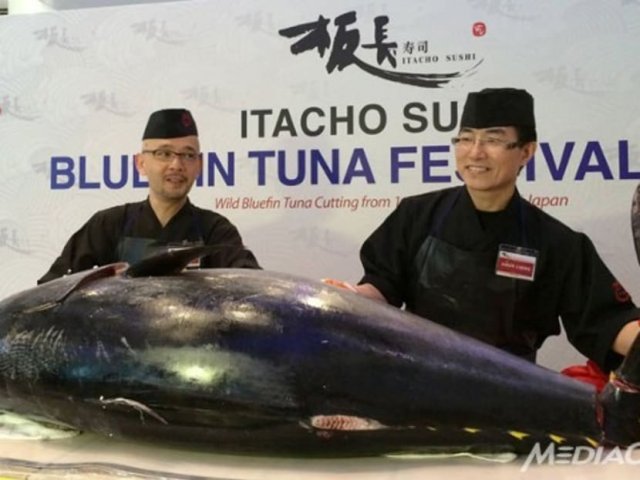
Last edited:



